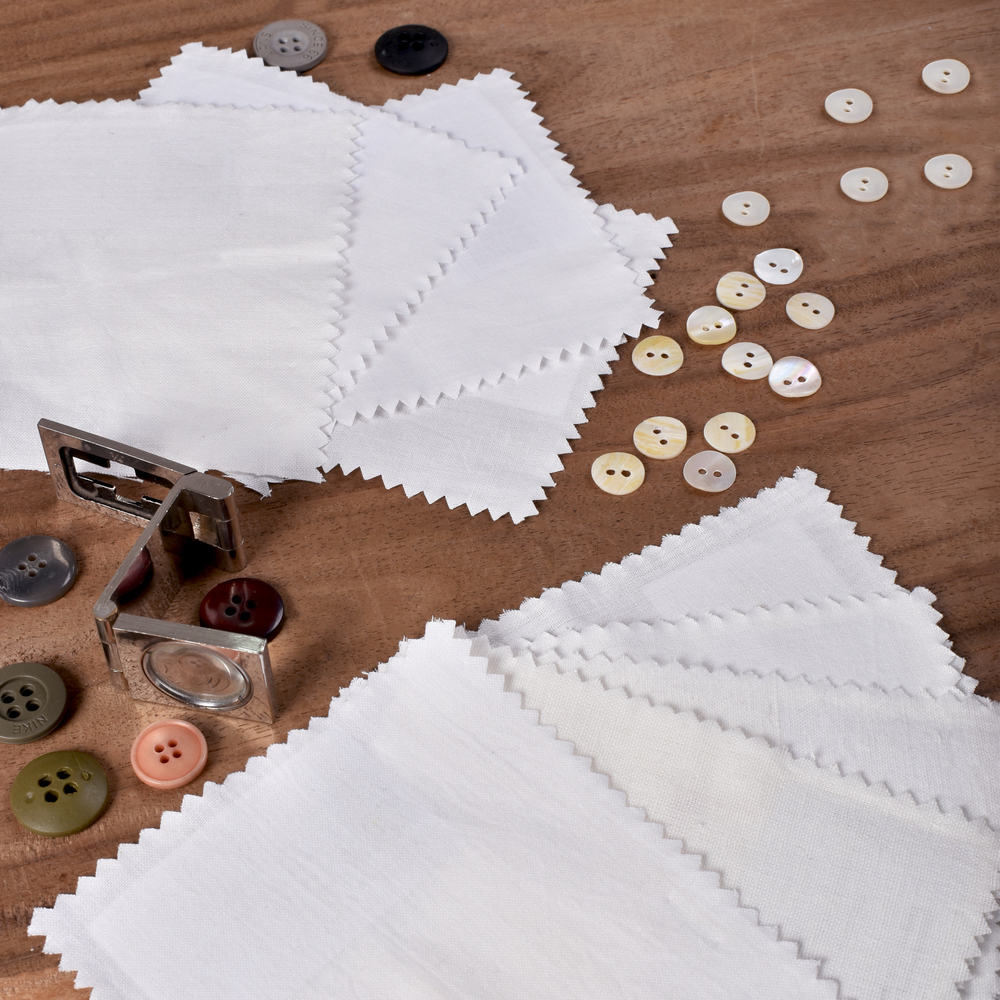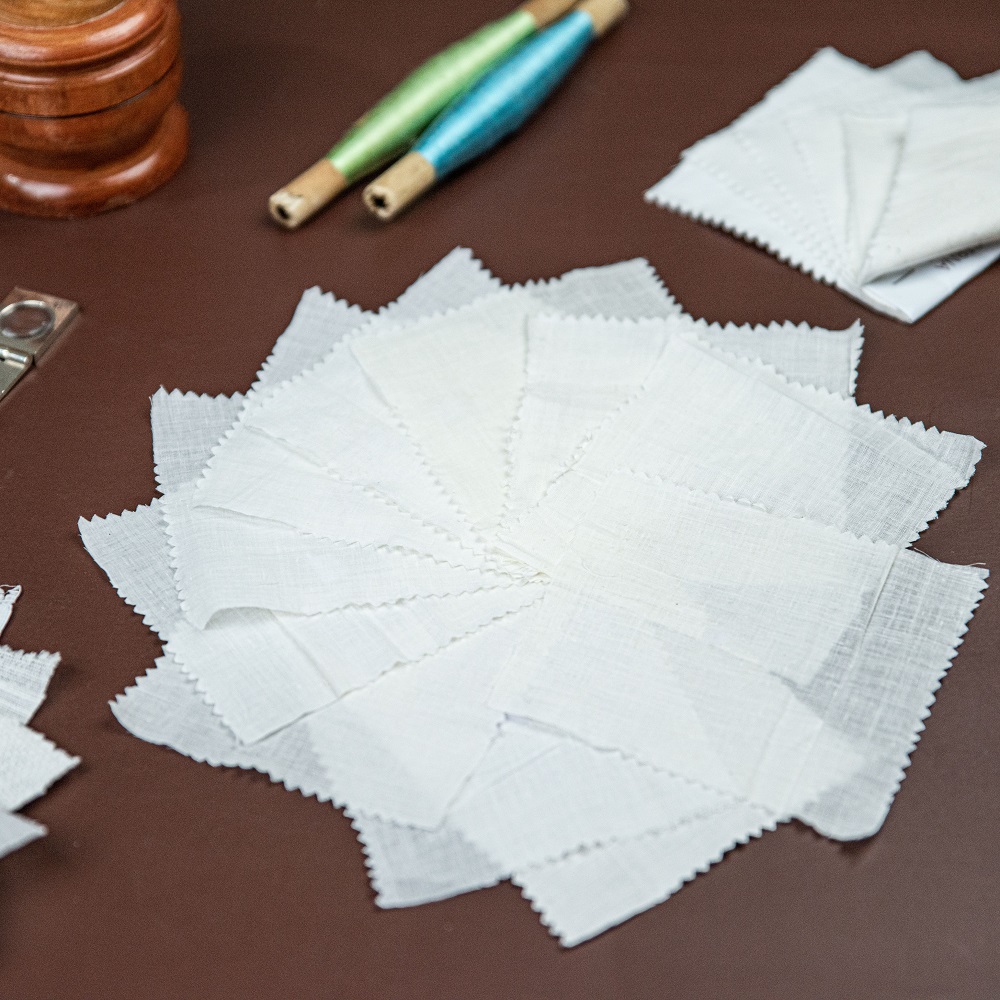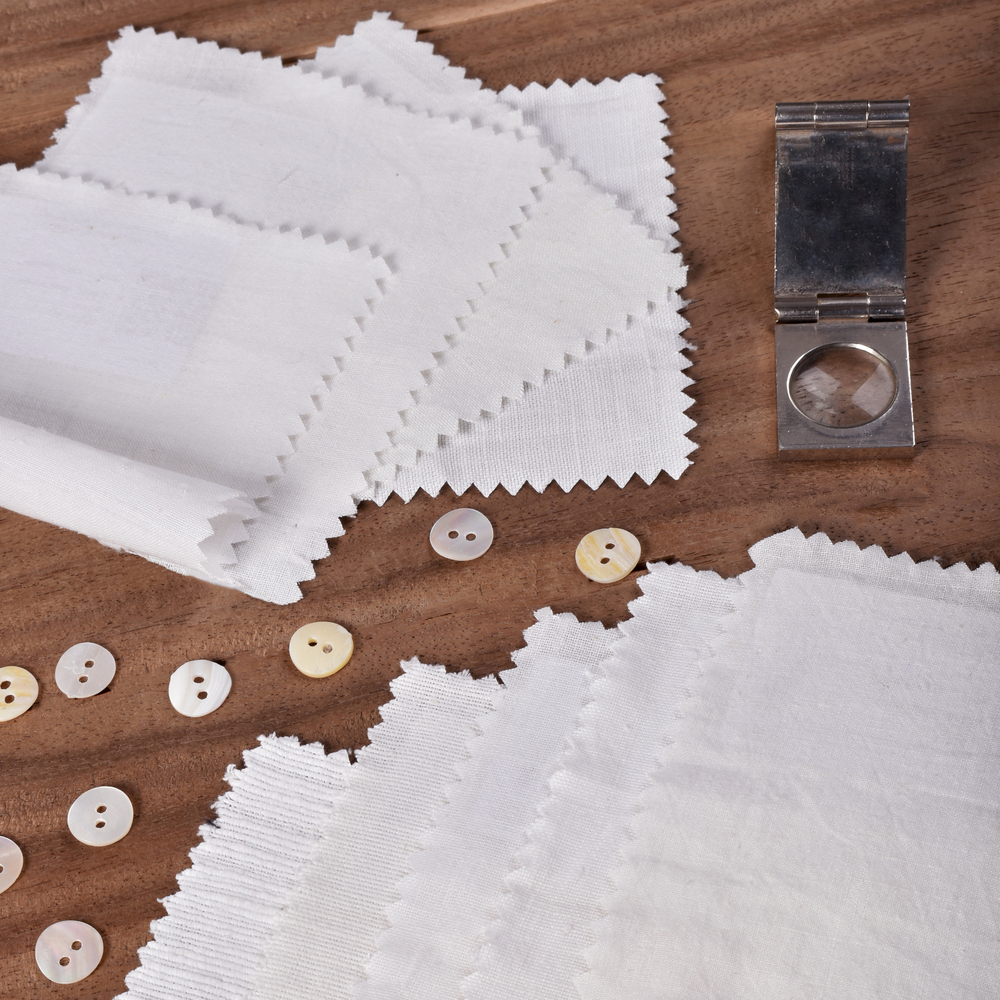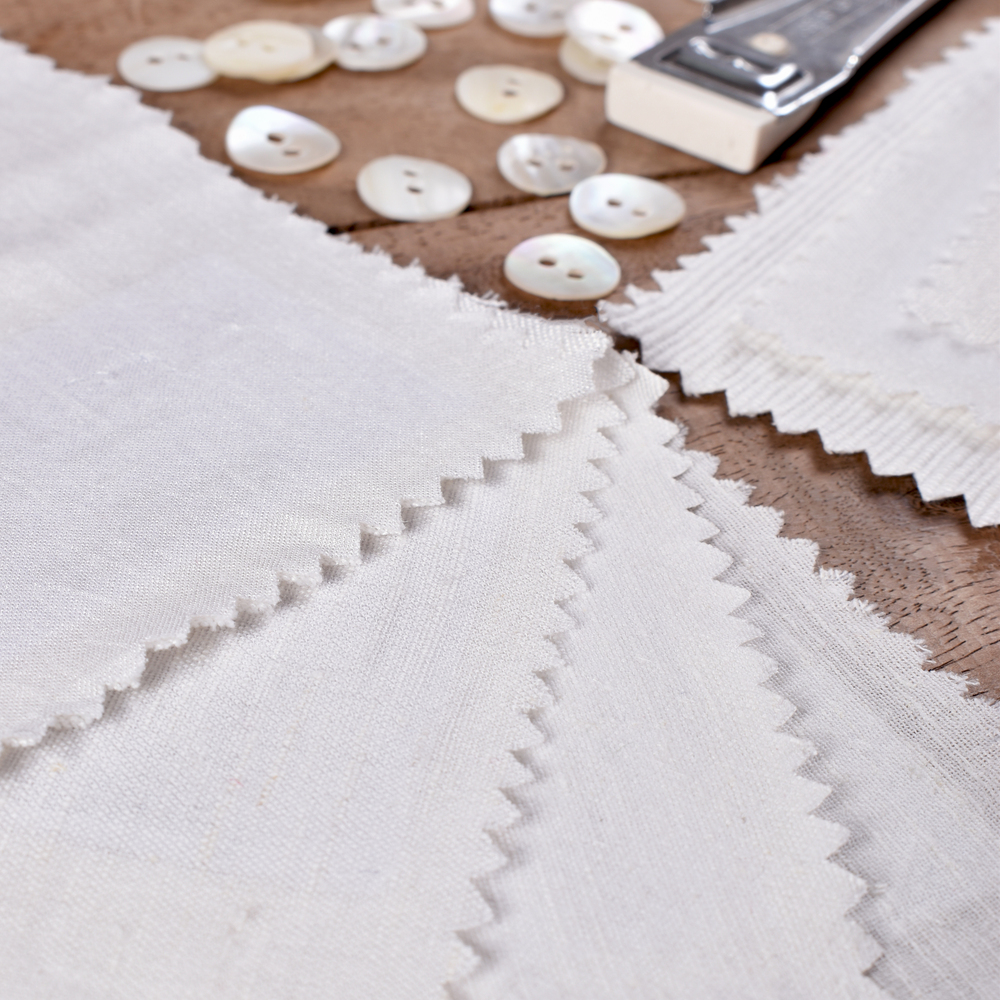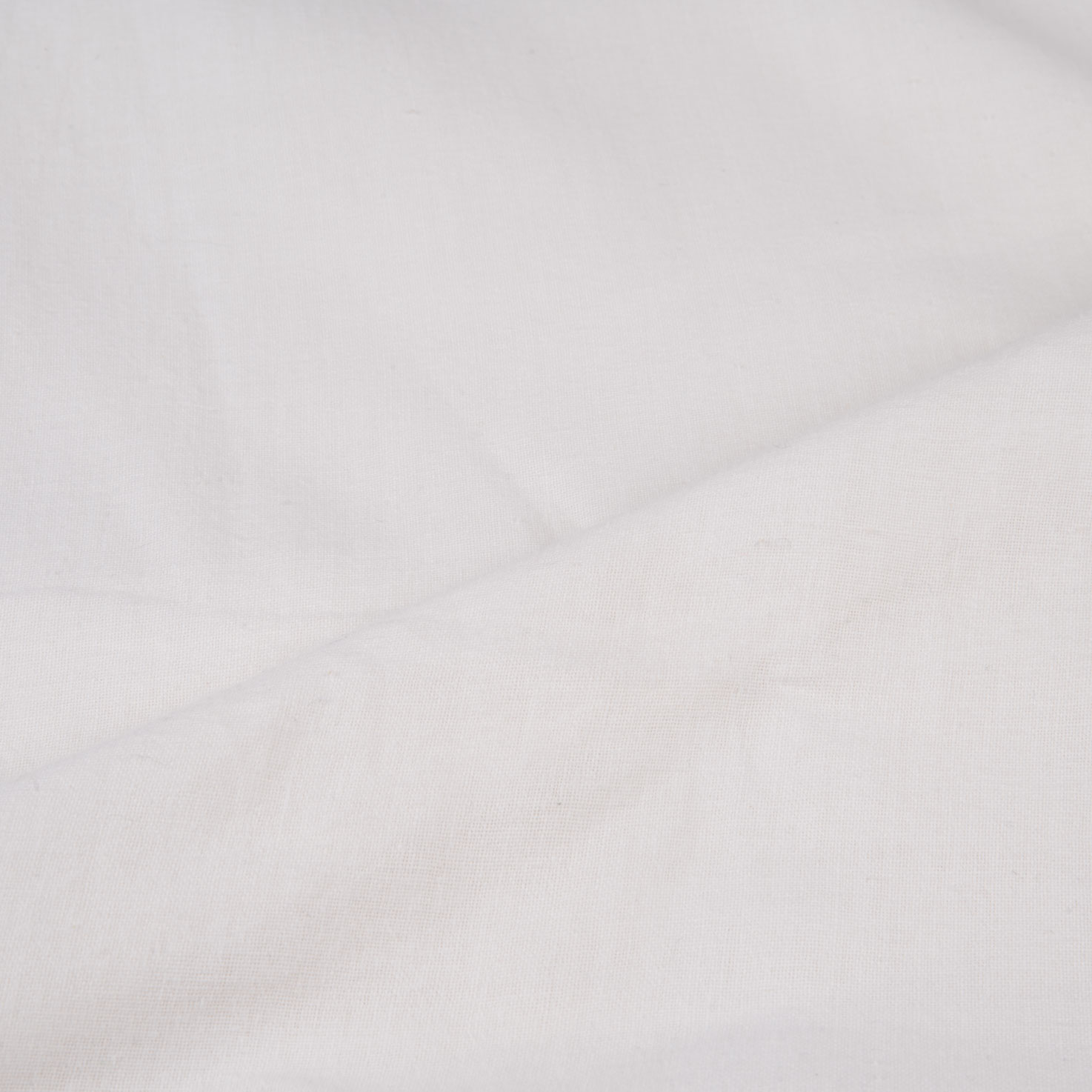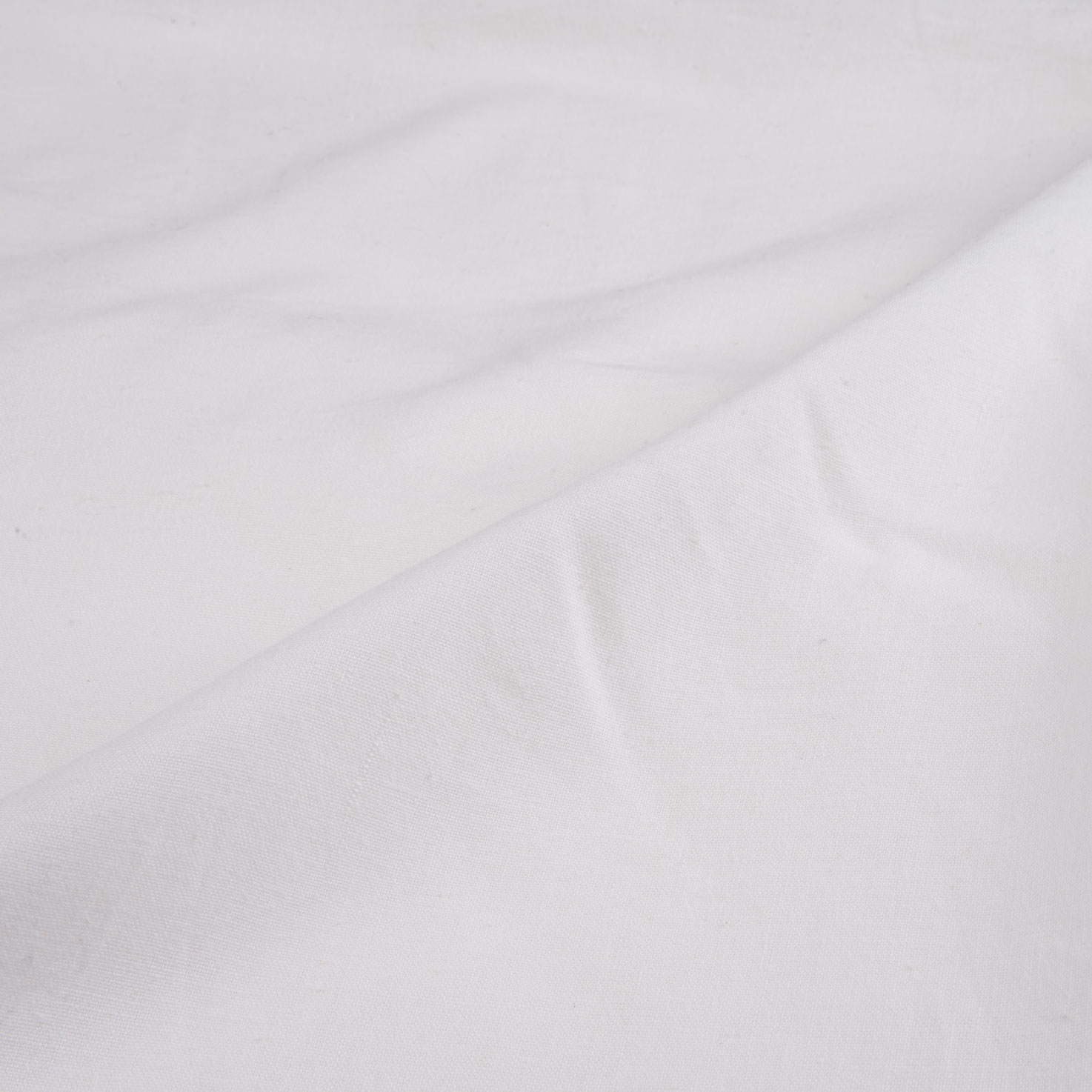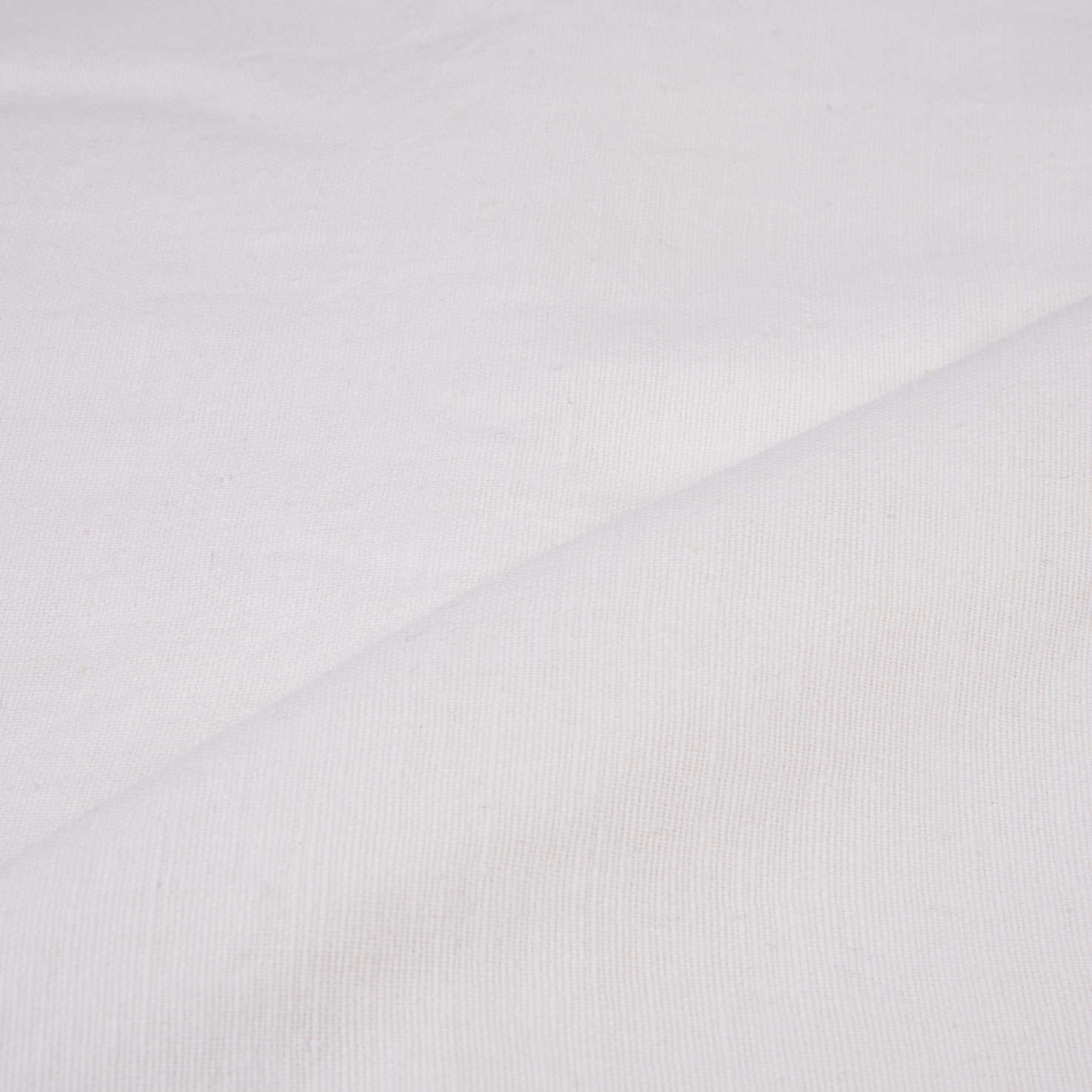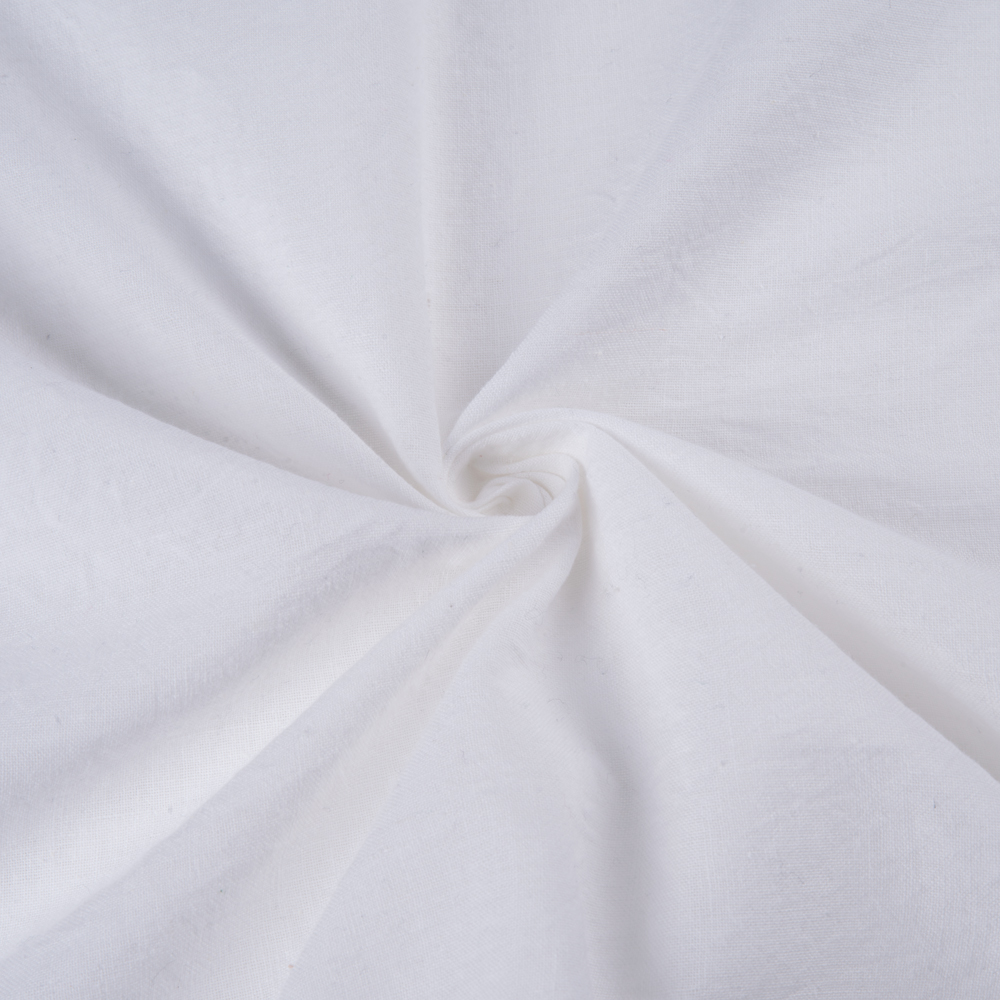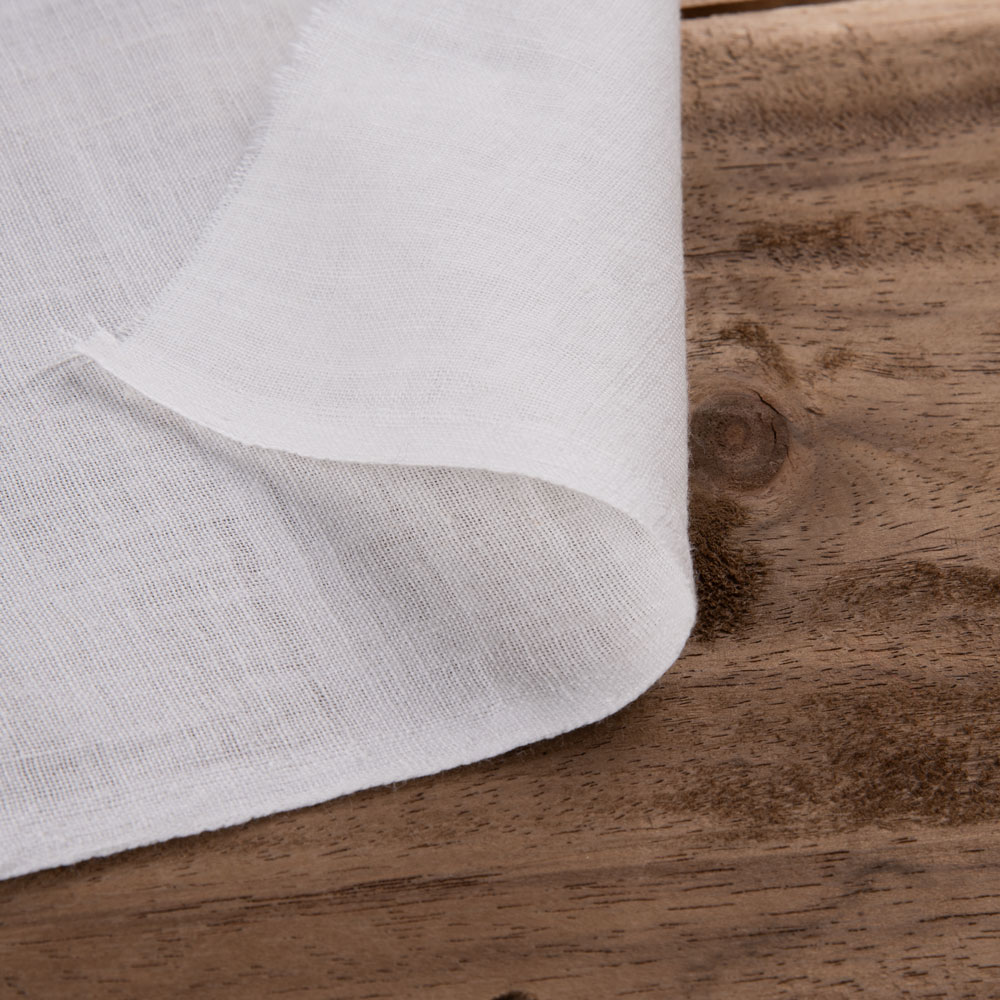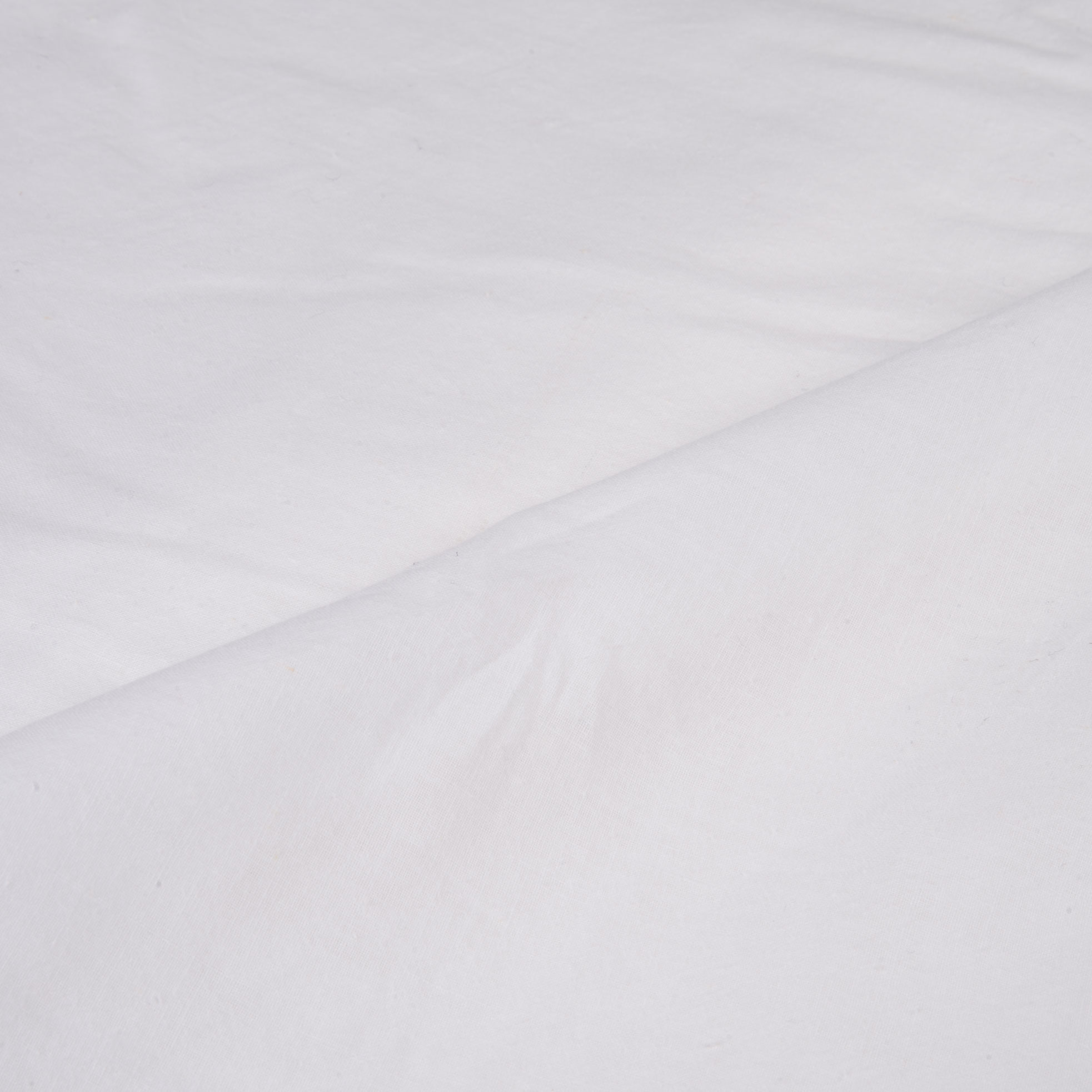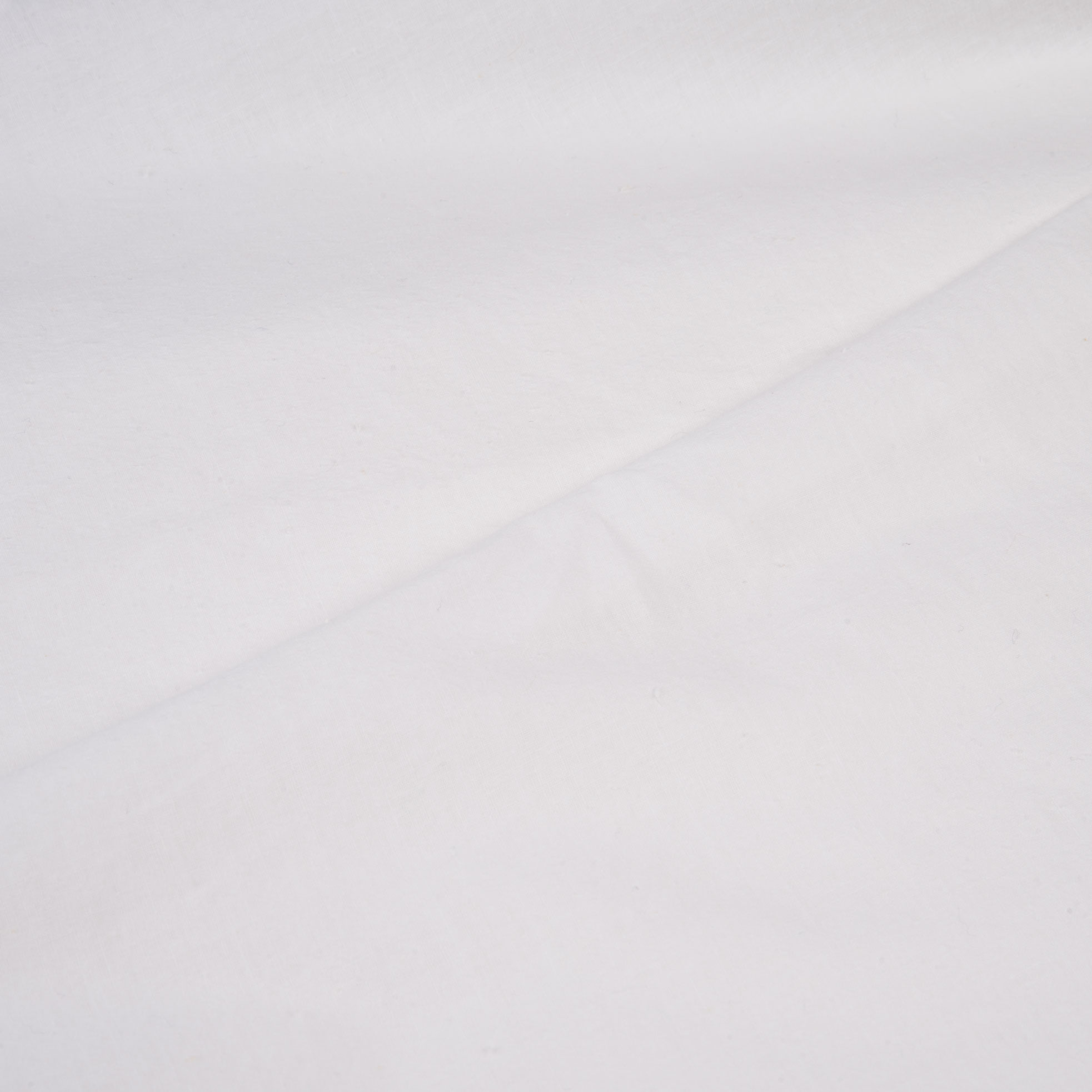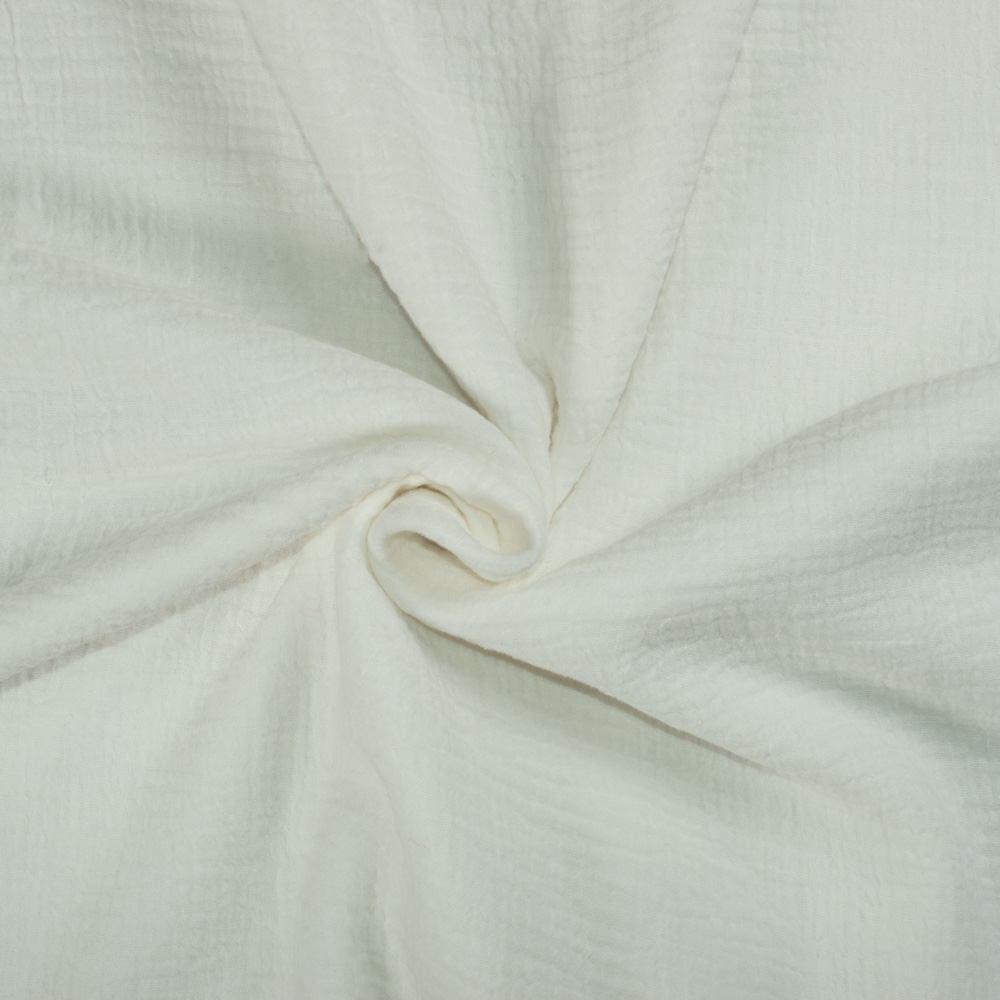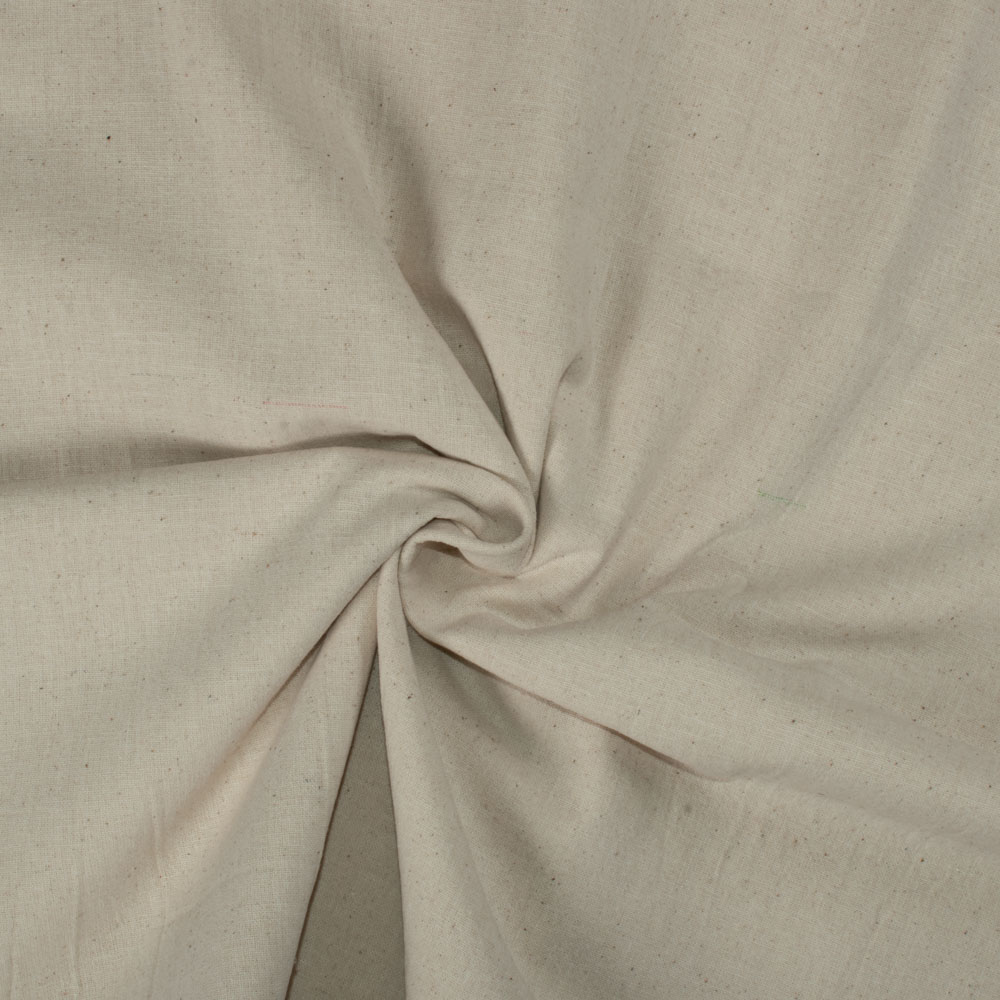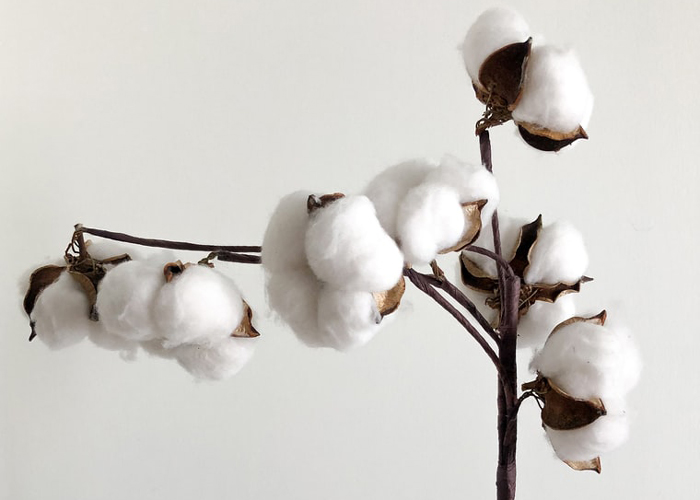
ORGANIC KHADI COTTON

Do You Wonder About The Steps Involved In The Organic Processing Of Cotton Khadi? We Will Discuss The Processing Of Cotton, Grown Organically, Into Organic Cotton Khadi In This Blog. Organic Cotton Yarn Is Handspun And Handwoven To Produce Organic Khadi Fabric.
With Low To Minimal Impact On Environment, The Process Of Organic Farming Helps To Replenish And Sustain Soil Fertility, Reduce The Use Of Toxic, Non-Biodegradable Chemical Pesticides And Fertilizers, And Build Biologically Diverse Agriculture. With Growing Awareness About Sustainability, Demand For Organic Natural Materials Have Also Risen. Due To The Nature Of The Artisanal Supply Chain Being Followed, We Provide The Global Organic Textile Standards (GOTS) Certification Only With The Raw Material Sourced For The Khadi Fabric Production Certified By CU Inspections & Certification India Pvt. Ltd.
INTRODUCTION
Organic Khadi Cotton is a natural fabric that is produced through traditional methods using organic cotton. It is known for its sustainability and environmental friendliness, making it a popular choice among eco-conscious consumers. The handspun yarn used in its production has a higher tensile strength compared to machine-spun yarn, making the fabric more resilient to wear and tear. With proper care, garments made from Organic Khadi Cotton can be enjoyed for many years.
This textile combines the goodness of organic cotton fibre and the ethical handloom weaving process to give us a far superior & sustainable alternative to the usual organic cotton fabric.
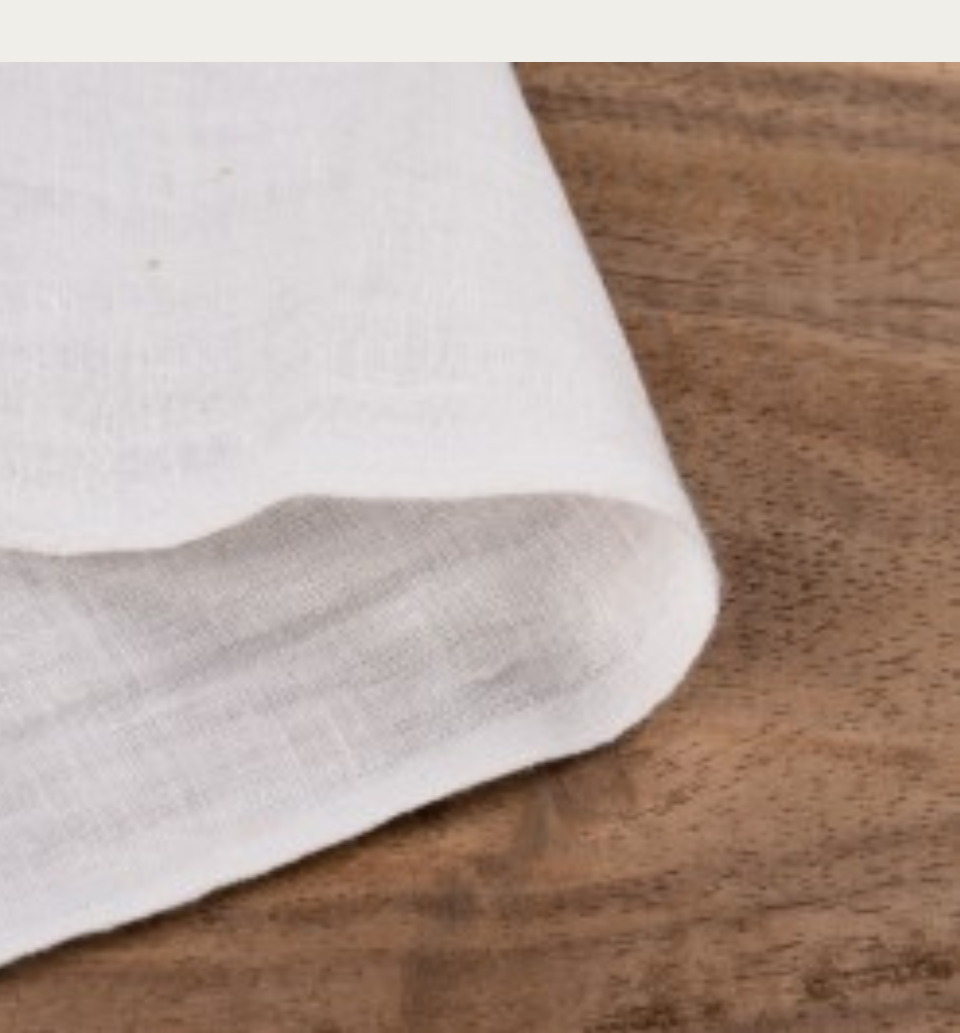
PROCESS OF ORGANIC KHADI COTTON
Process of Organic Khadi Cotton
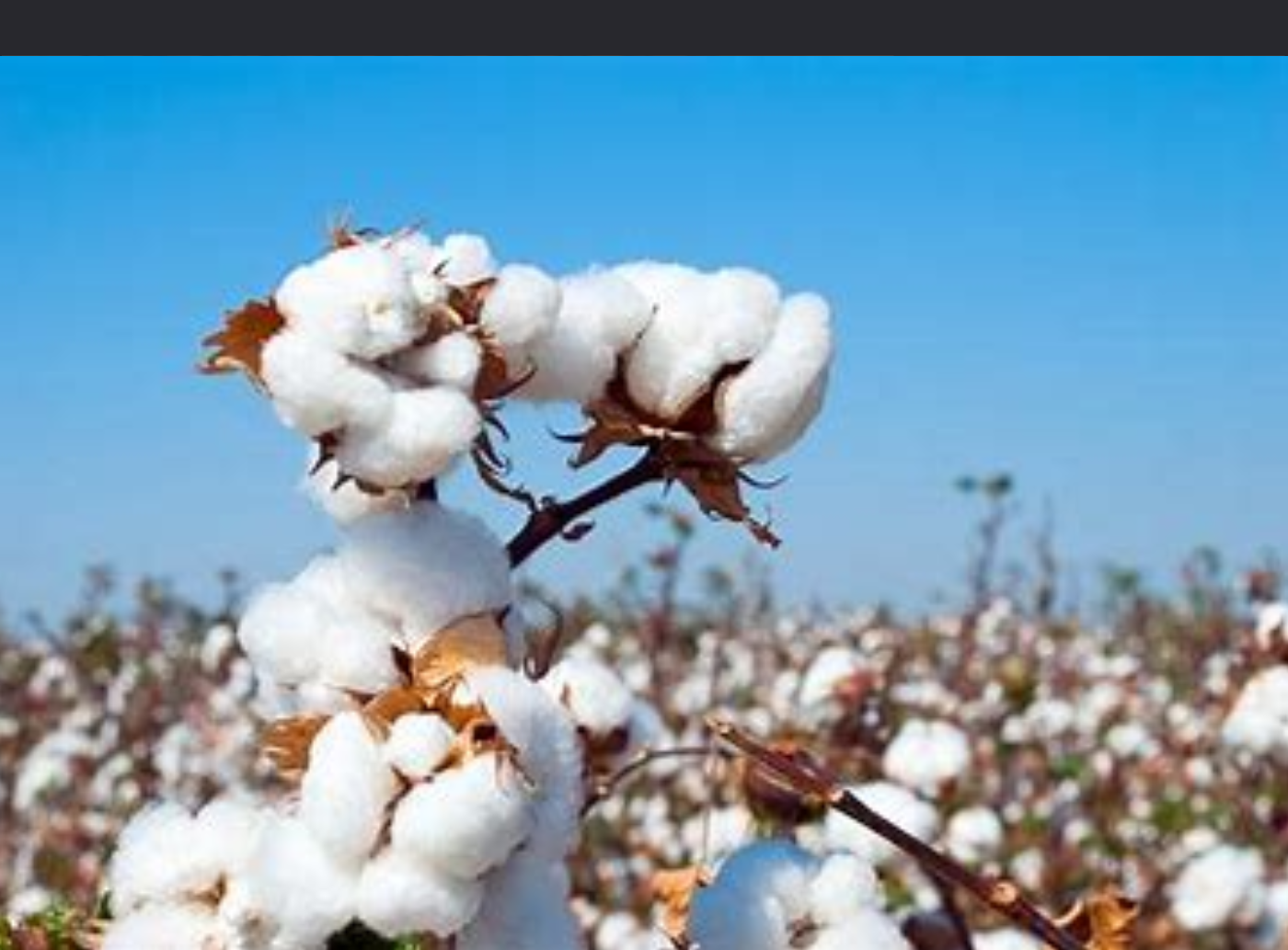
STEP 1: GROWING COTTON
In the initial step of producing organic khadi cotton, farmers start by planting cotton seeds. The seeds are nourished by rainwater, and when the cotton plants reach maturity, farmers carefully handpick the cotton. Throughout the entire process of cultivating organic cotton, no synthetic pesticides or chemical fertilizers are employed.
STEP 2: GINNING & BLENDING
In the cotton ginning process, the aim is to separate the fibres from the seed and eliminate any dirt present. Once the fibres are separated, they are compressed into bales. At the spinning facility, the cotton fibres are delivered in the form of these bales. To ensure consistent fibre quality, these bales are being opened, cleaned, and blended together.
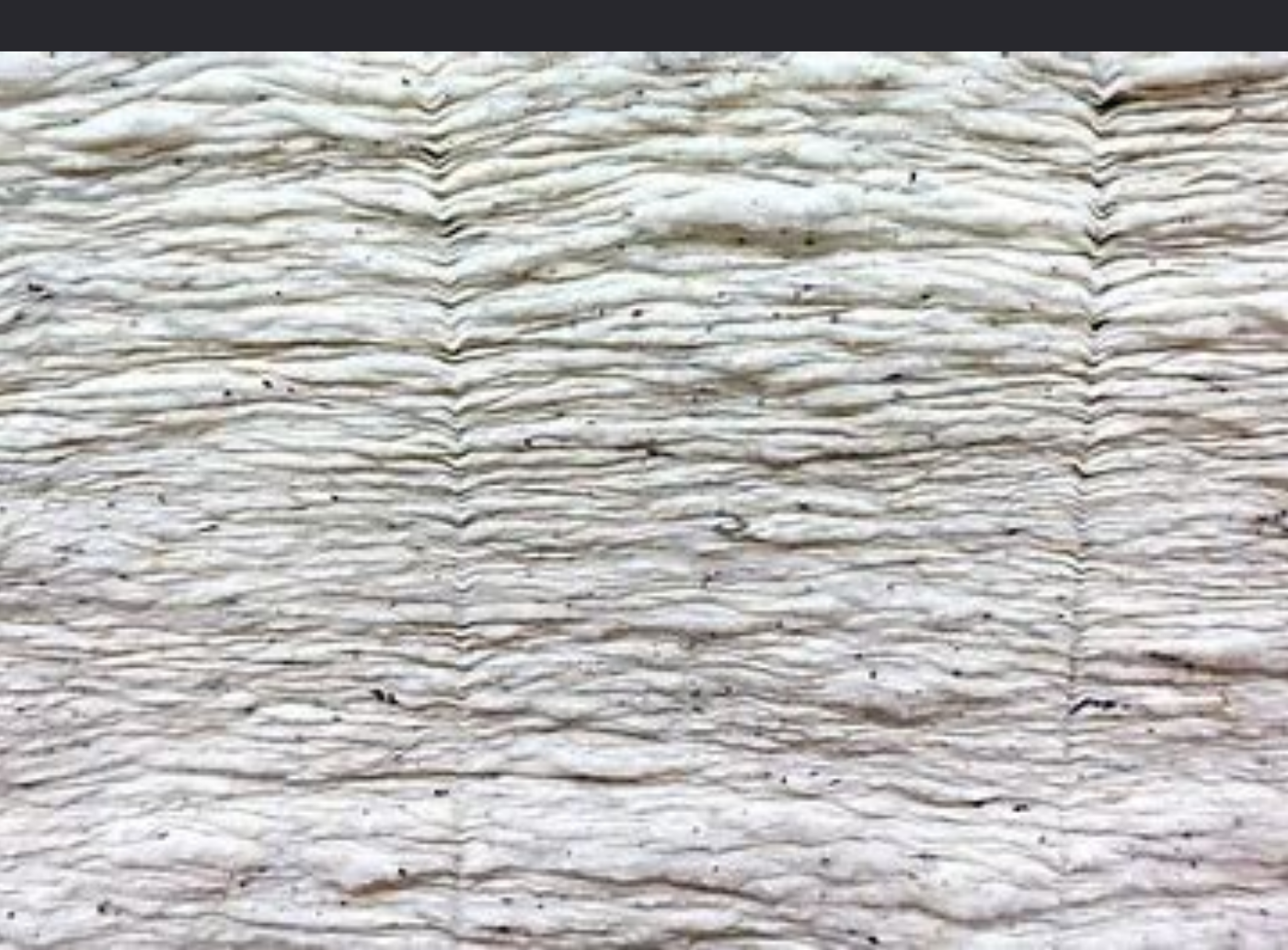
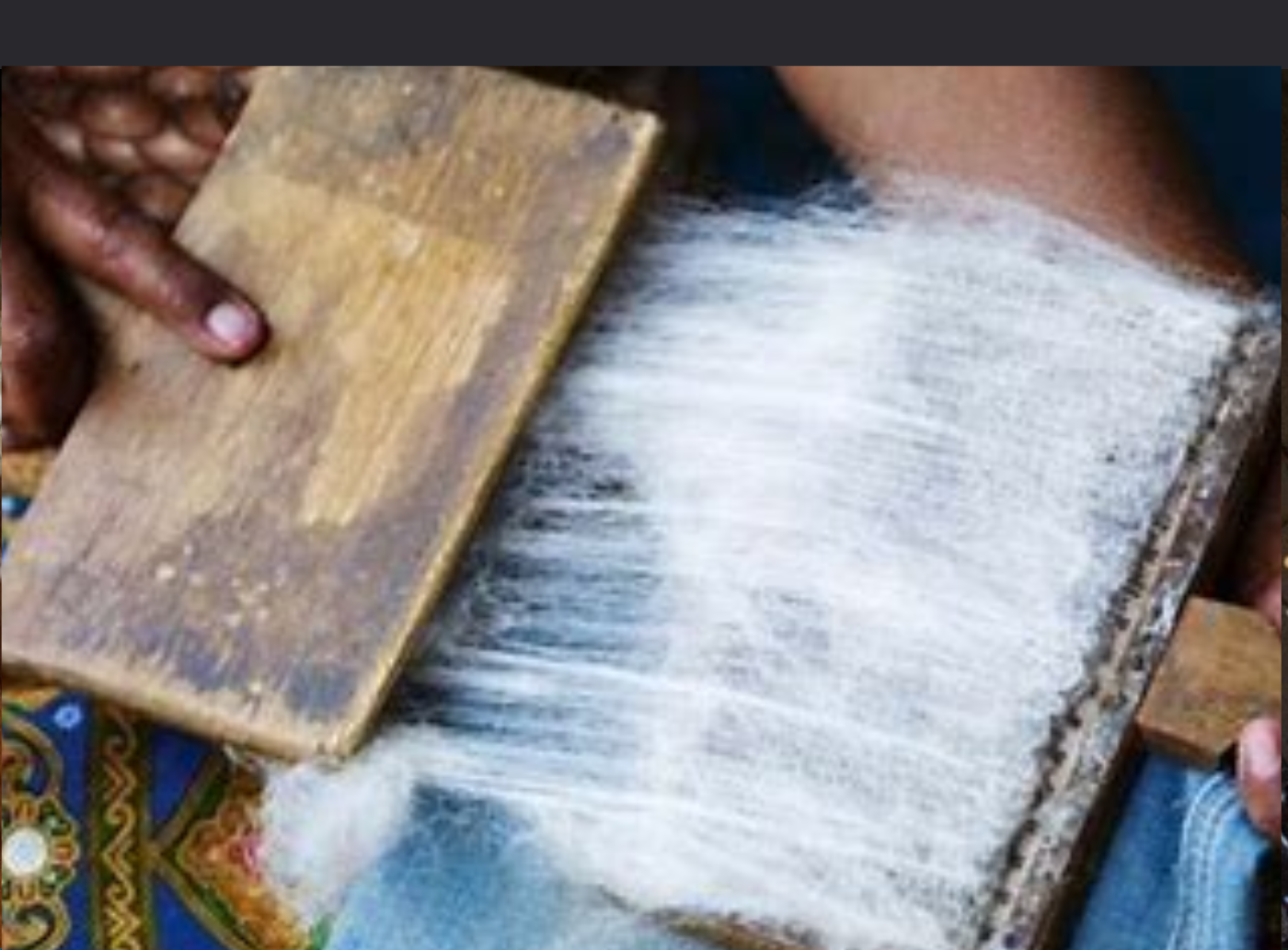
STEP 3: PICKING & CARDING
Further cleaning is done during picking and carding. Carding also removes fibres that are too short for yarn, separates the fibres and partially straightens them so they are aligned parallel to each other. The result of the process is rope-like strand of fibres called a card sliver. We provide GOTS certified Slivers to be processed producing Khadi yarn & Fabrics.
STEP 4: ROVING & SPINNING
The slivers are given a twist to produce a long narrow bundle of cotton in a process called Roving, which finally goes for spinning. This is where Organic Khadi differs from a mill-produced organic cotton fabric.
Khadi strictly means fabric that is handwoven using yarns produced by hand spinning. So the rovings are handspun on a Charkha to produce the yarn.
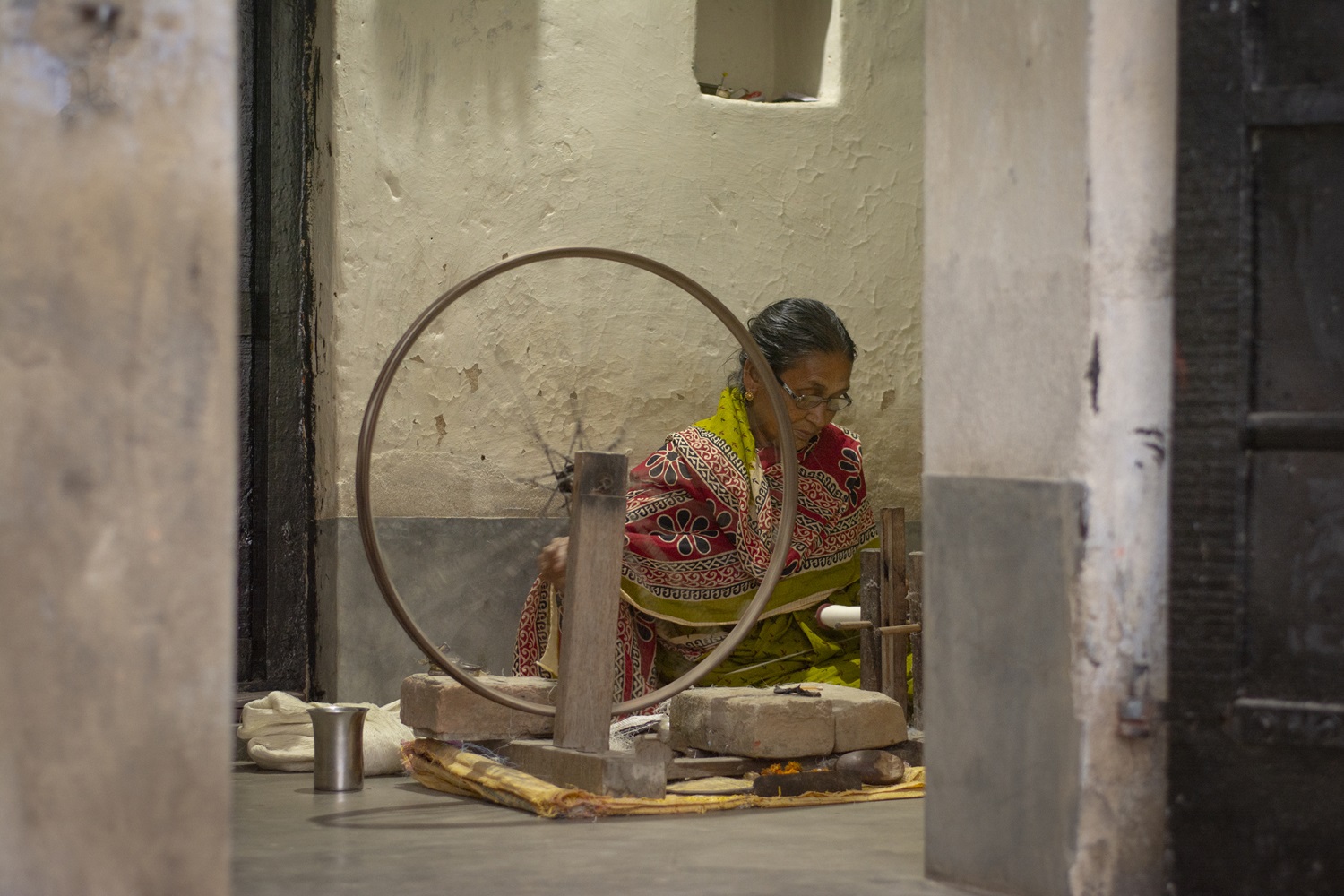
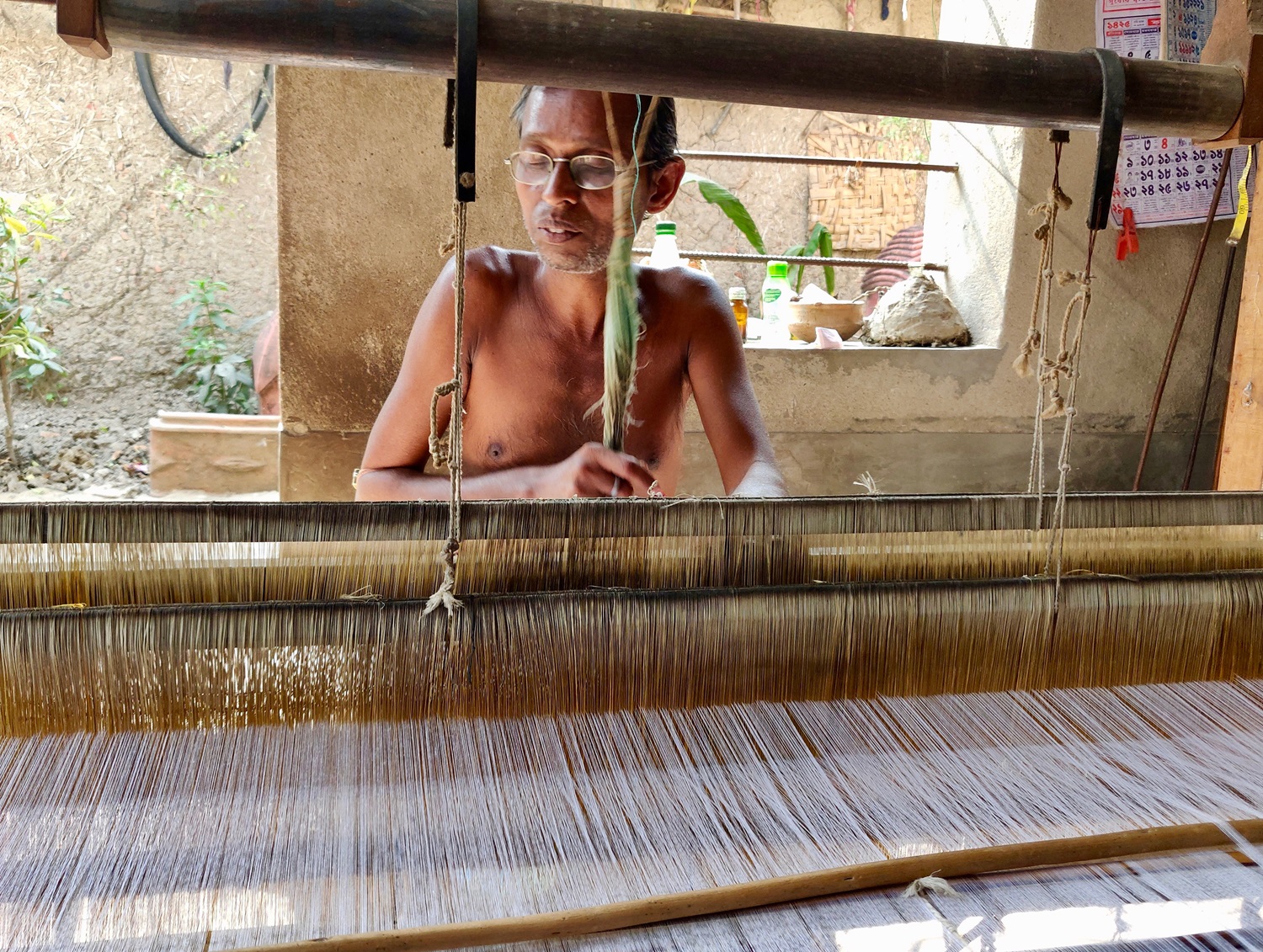
STEP 5: WEAVING
Handspun yarn composed of certified organic cotton goes through pre-loom process where the warp and weft yarn is prepared for weaving.
On the handloom, the yarns, in the form of warp and weft are woven by the artisan to ultimately produce the Khadi organic textile. Thus, the organic khadi cotton making is complete.
frequently asked questions
What are the key characteristics of organic Khadi cotton?
arrow_drop_downOrganic Khadi cotton is widely recognized for its environmentally conscious qualities, such as being organically cultivated and handwoven using traditional techniques. This fabric ensures optimal breathability and comfort with its unique, slightly coarse texture. Moreover, it supports sustainable farming practices and uplifts local artisans.
Can I find a wide range of organic Khadi cotton products, including clothing and home textiles?
arrow_drop_downYes, organic Khadi cotton is used to make a variety of products, including clothing items like shirts, sarees, and dresses, as well as home textiles such as bed linens, towels, and curtains. You can find a wide range of options in both categories.
How can I care for and maintain organic Khadi cotton products?
arrow_drop_downGently wash by hand in cold water using a mild detergent. Refrain from employing bleach or other abrasive substances. When drying, choose a shaded area to prevent the colors from diminishing. If feasible, iron the garments inside out and on a low heat setting. Finally, store them neatly folded in an airtight container to safeguard against dust and moisture.
Is organic Khadi cotton suitable for all climates and seasons?
arrow_drop_downOrganic Khadi cotton's natural breathability makes it suitable for various climates and seasons. It provides comfort in warm weather by allowing the skin to breathe, and it can also be layered for cooler seasons.
More Stories
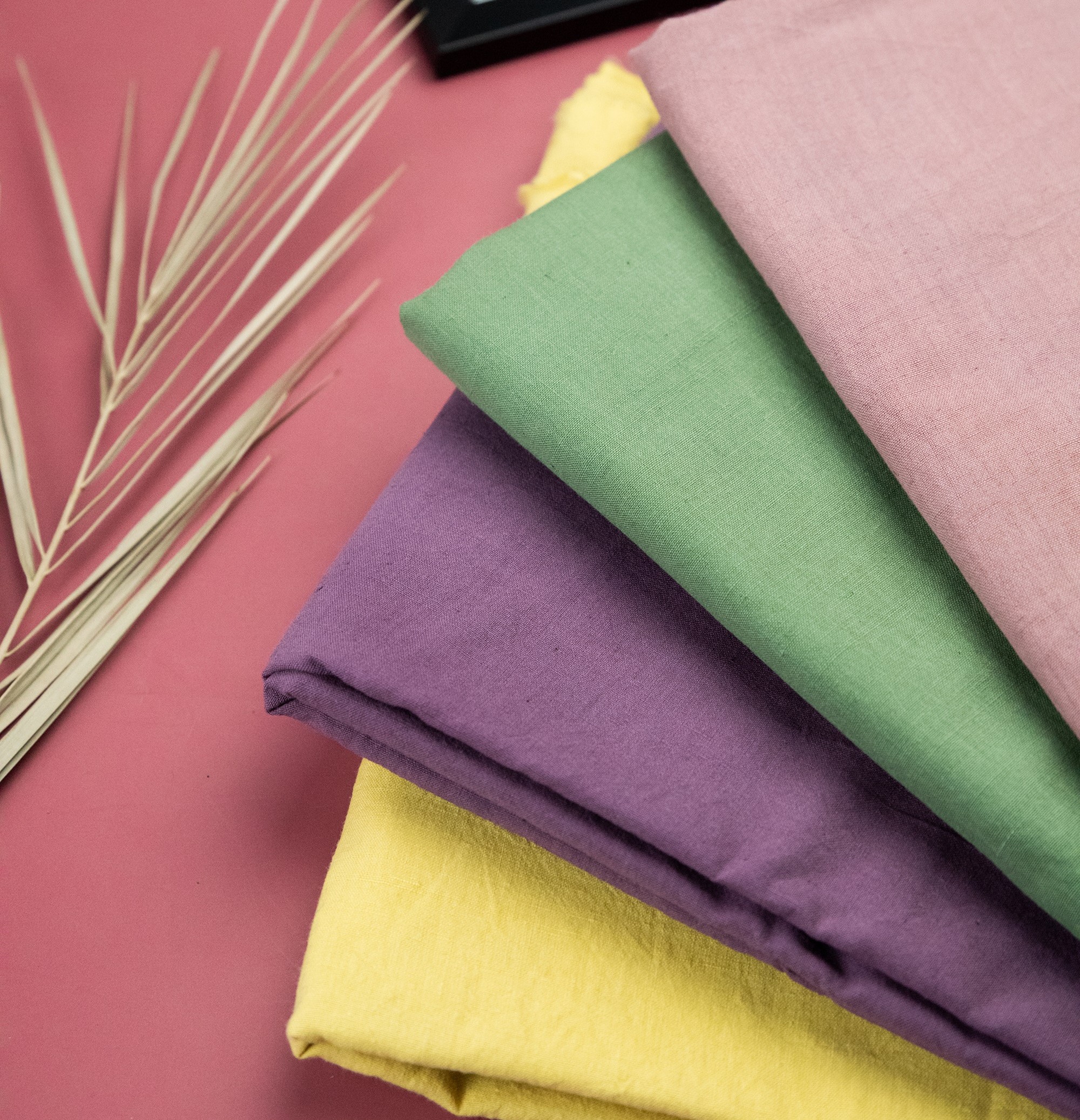
natural vegetable dye
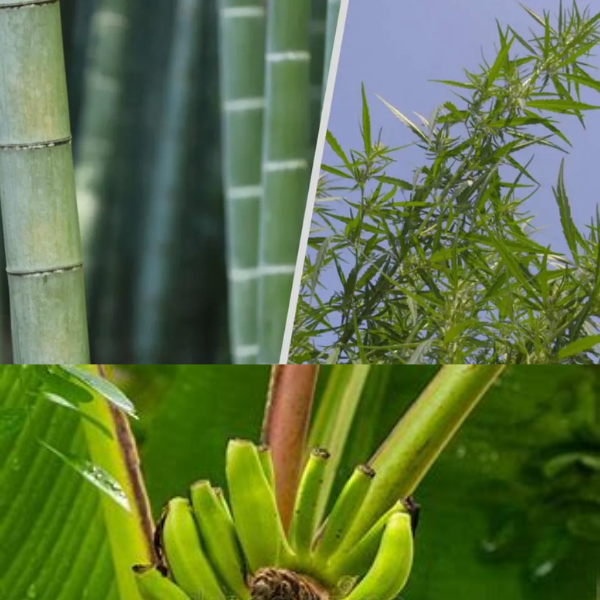
natural fibers: hemp- banana- bamboo- corn
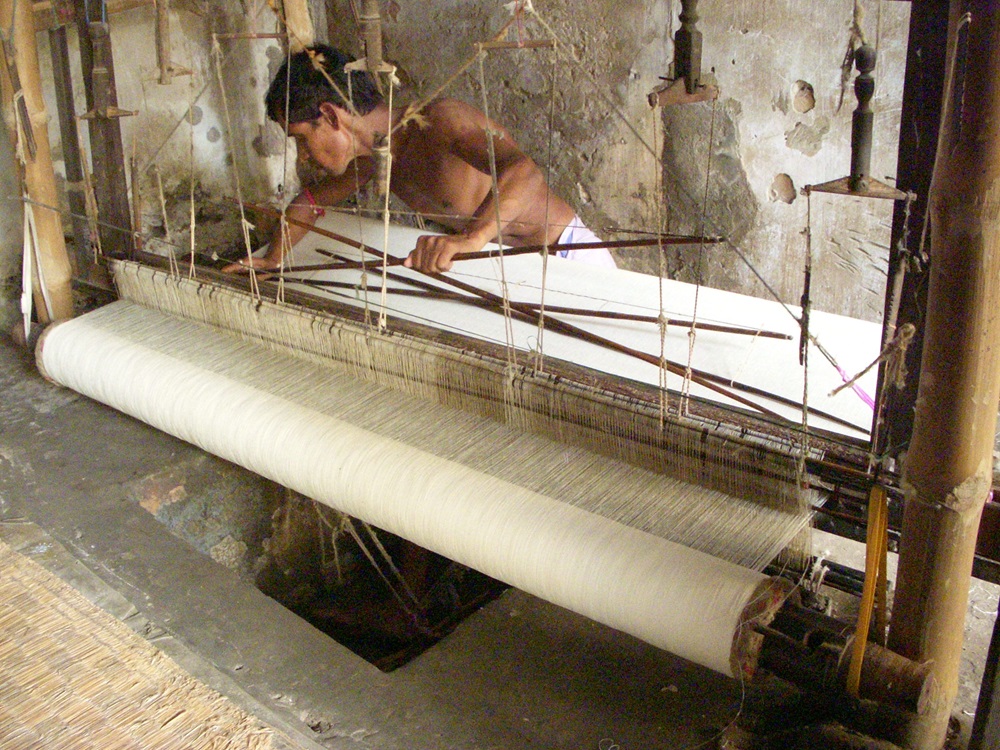
dyeable khadi cotton
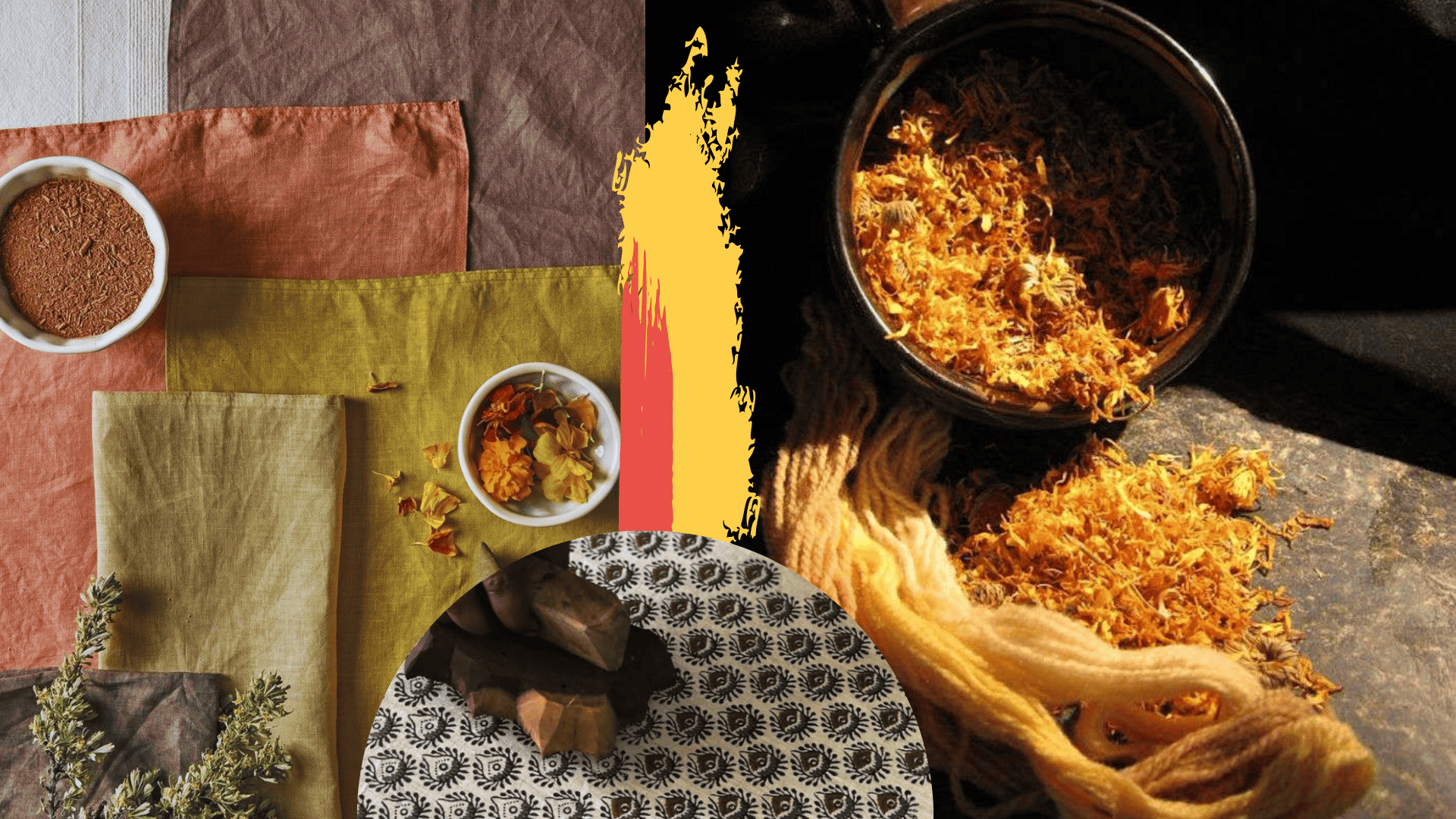
naturally dyed block printing

digital printing

ikat - a distinctive style

